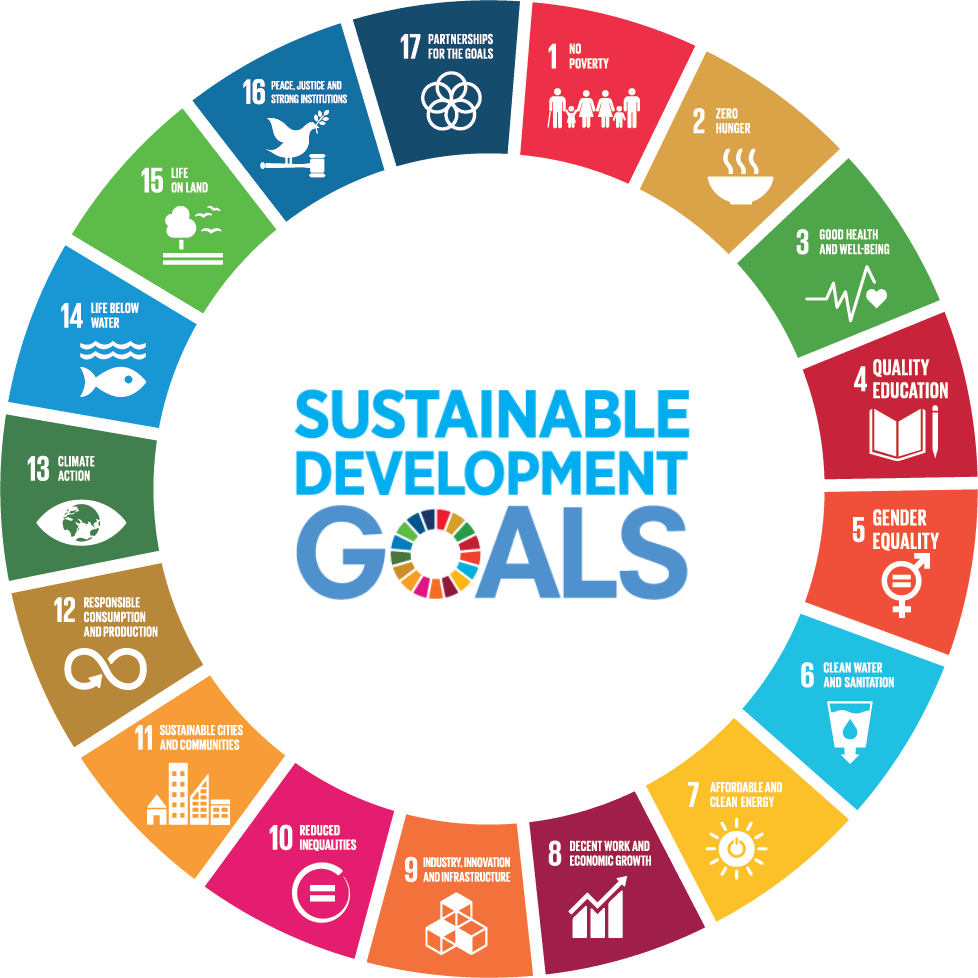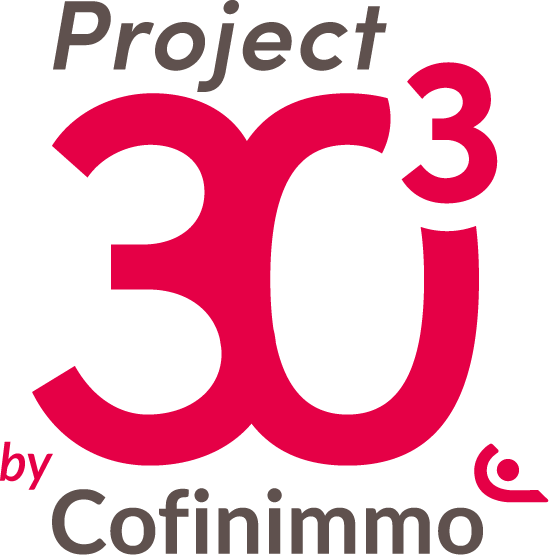Strategy
Holistic approach
Cofinimmo focuses firstly on the improvement of buildings and than on occupants behaviour, aiming to construct more energy-efficient buildings whilst taking into account mobility and access to the sites' green areas and ensuring a high level of safety for the occupants. The use of sustainable materials also reduces GHG emissions, water consumption and waste production. To achieve this, Cofinimmo complies with European and national legislation and uses the BREEAM certification method and ISO 14001 specifications to reconcile sustainability and profitability.
Cofinimmo’s strategy prepares for tomorrow’s world by anticipating and responding to major societal trends. The United Nations’ 17 Sustainable Development Goals (SDGs) are one of the major developments which Cofinimmo takes into account.

Sustainability Pillars
 Reducing energy intensity
Reducing energy intensityImprove the buildings' energy performance and comfort standards while providing a long-term environmental answer to their life cycle
The first pillar of Cofinimmo’s sustainability strategy is to improve the energy performance and comfort standards of its buildings, while addressing long-term environmental challenges. The priority is to reduce the energy intensity of the portfolio to limit greenhouse gas (GHG) emissions and the impact of climate change.
 Skilled and service-minded employees
Skilled and service-minded employeesRecognise the value of people for both the company and the community by investing in development of staff through training and coaching initiatives, promote equal opportunities, support safety, well-being and resilience of employees
The second pillar of Cofinimmo's sustainability strategy is to value its employees, who are proud to contribute to the Group's success. The company believes that diversity, respect and equality enrich the decision-making processes. To ensure its growth, Cofinimmo invests in the personal and professional development of its employees, with an emphasis on their safety, well-being and resilience. As part of this social pillar, the strategy focuses on providing added value to society through a diverse, trained and healthy workforce.
 Governing business with integrity
Governing business with integrityDemonstrate transparency and ethical behaviour towards its stakeholders in conducting its activities by applying clear operating principles
The third pillar of Cofinimmo's sustainability strategy is to demonstrate transparency and ethics in the conduct of its activities with regard to its stakeholders. Cofinimmo obviously condemns any practice that is dubious or punishable by law (corruption, money laundering, undeclared labour, social dumping, etc.) or contrary to the principles of sustainable development, fair treatment, equal opportunities and respect for others. Conducting business in an honest and proper manner is a priority for the company. In fact, in addition to compliance with applicable regulations, ethical, transparent and sustainable governance rules make it possible to create long-term value for all stakeholders (shareholders, tenants, occupants, suppliers, employees, the environment, etc.).
The 30³ project
Reducing the energy intensity of the portfolio

Cofinimmo believes that achieving a carbon-neutral society by 2050 is possible, while safeguarding the interests of all its stakeholders. Its 30³ project is part of this commitment. This ambitious initiative aims to reduce the overall energy intensity of the company’s portfolio by 30% by 2030 (compared to 2017 levels), reaching an average energy intensity of 130 kWh/m²/year.
To meet this target, a 360-degree approach is applied, taking into account the entire lifecycle of buildings. The initiative covers both the office and healthcare real estate segments, as well as all internally managed activities such as sales and acquisitions, development, project management and day-to-day property operations.